Intercepts in Mathematics
In mathematics, an intercept refers to the point at which a graph or a line crosses or touches an axis. There are two main types of intercepts: the x-intercept and the y-intercept.
X-Intercept
The x-intercept is the point at which a graph crosses the x-axis. In the coordinate plane, the x-axis is the horizontal axis, and the x-intercept is the point where the graph intersects this axis. The coordinates of the x-intercept are of the form (x, 0), where x is the value of the x-coordinate where the graph crosses the x-axis.
Y-Intercept
The y-intercept, on the other hand, is the point at which a graph crosses the y-axis. In the coordinate plane, the y-axis is the vertical axis, and the y-intercept is the point where the graph intersects this axis. The coordinates of the y-intercept are of the form (0, y), where y is the value of the y-coordinate where the graph crosses the y-axis.
Finding Intercepts
To find the x-intercept of a graph, set y = 0 and solve for x. This will give you the x-coordinate of the x-intercept. Similarly, to find the y-intercept, set x = 0 and solve for y to find the y-coordinate of the y-intercept.
Study Guide
To study intercepts, make sure to understand the concepts of coordinates, graphs, and equations of lines. Practice finding intercepts of various types of graphs, including linear, quadratic, and exponential functions. Understand the significance of intercepts in real-world situations and how they can be used to interpret graphs and equations.
Remember to practice using the formulas for finding x and y-intercepts and to check your answers by plotting the intercepts on the graph. Understanding intercepts will help you analyze and interpret graphs and equations more effectively.
Good luck with your studies!
.◂Math Worksheets and Study Guides Eighth Grade. Three dimensional geometry/Measurement

 Worksheet/Answer key
Worksheet/Answer key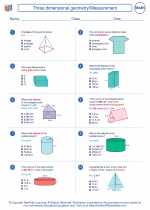
 Worksheet/Answer key
Worksheet/Answer key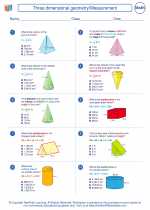
 Worksheet/Answer key
Worksheet/Answer key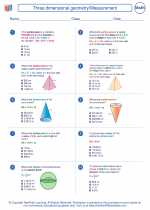
 Worksheet/Answer key
Worksheet/Answer key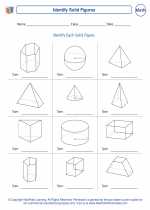
 Worksheet/Answer key
Worksheet/Answer key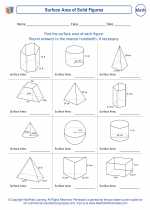
 Worksheet/Answer key
Worksheet/Answer key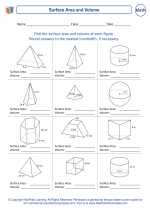
 Worksheet/Answer key
Worksheet/Answer key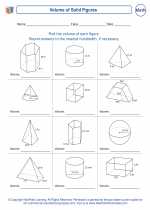
 Worksheet/Answer key
Worksheet/Answer key
 Worksheet/Answer key
Worksheet/Answer key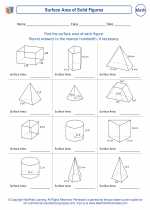
 Worksheet/Answer key
Worksheet/Answer key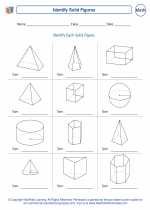
 Worksheet/Answer key
Worksheet/Answer key
